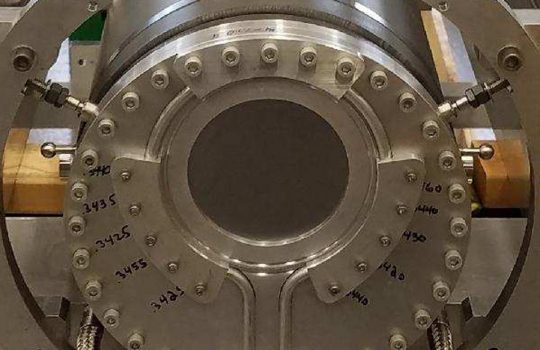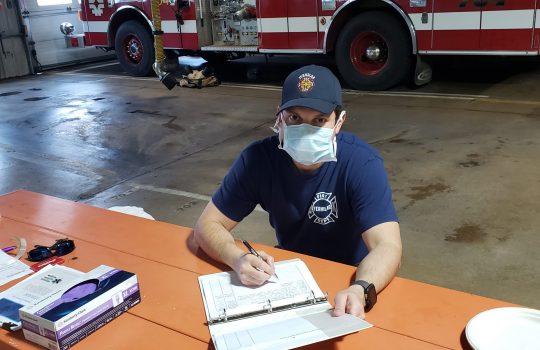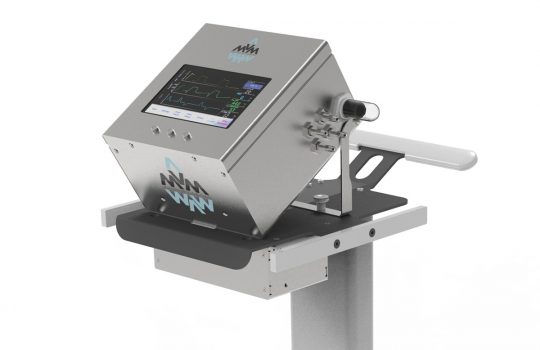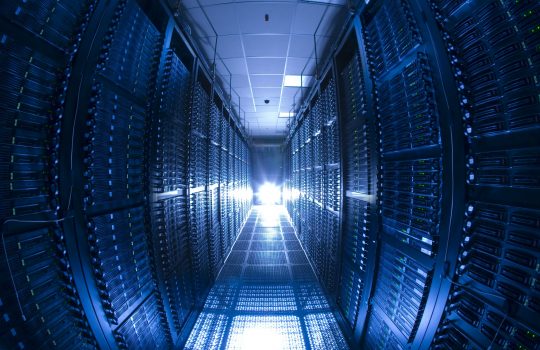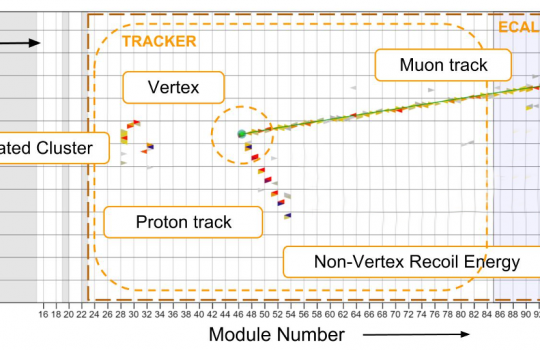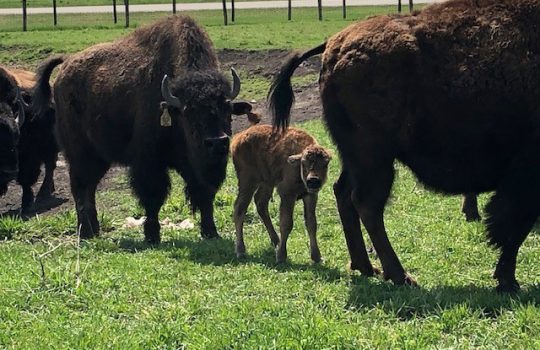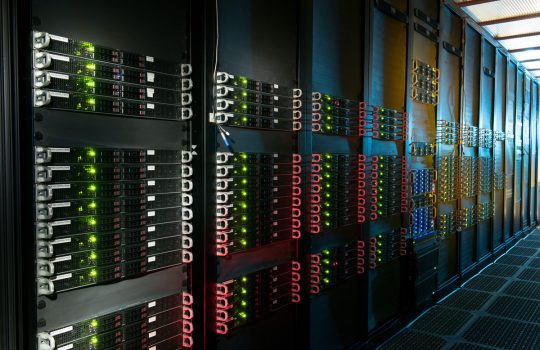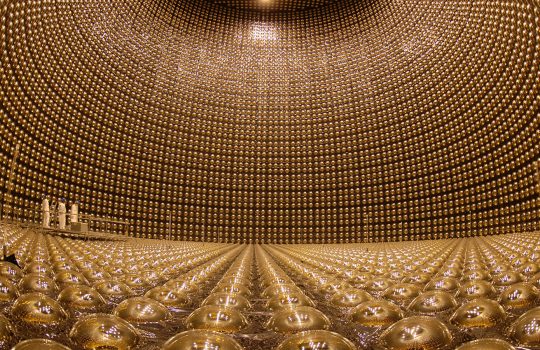A window of opportunity: Physicists test titanium target windows for particle beam
Fermilab is currently upgrading its accelerator complex to produce the world’s most powerful beam of high-energy neutrinos. To generate these particles, the accelerators will send an intense beam of protons traveling near the speed of light through a maze of particle accelerator components before passing through metallic “windows” and colliding with a stationary target. Researchers are testing the endurance of windows made of a titanium alloy, exposing samples to high-intensity proton beams to see how well the material will perform.

